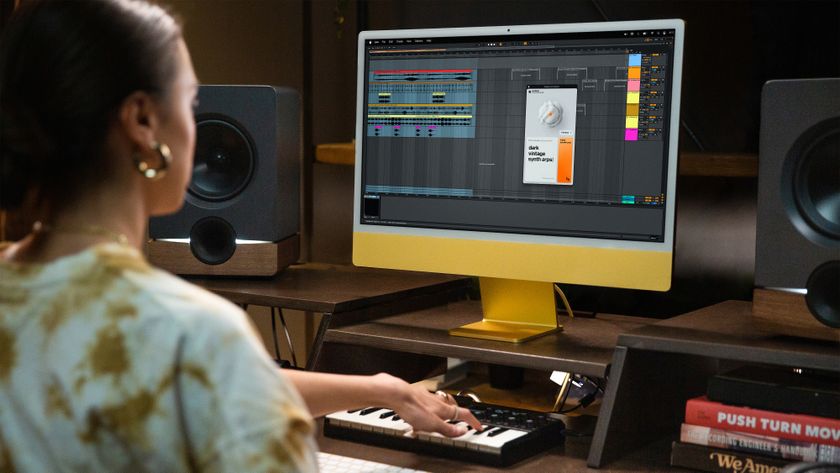Get the drum sound of Michael Jackson's Thriller
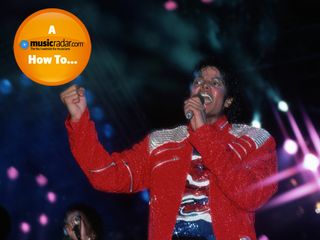
Intro
We set ourselves the daunting task of trying to recreate the sound of Thriller’s verse groove using Logic and a few choice plug-ins.
The key to the sound of Thriller is nailing the Linn LM-1 drum machine kick, snare and hat/open hat parts and the Minimoog bassline. Try employing Logic’s ‘Varispeed’ function in ‘Speed only’ mode, to slow down the original track so that you can learn the bassline and rhythm parts comfortably.
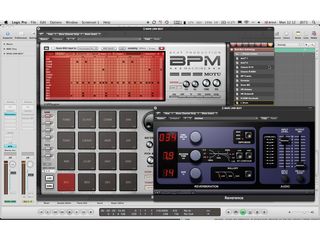
Linndrum
Get the Linndrum going using Motu BPM, or your DAW using your own Linn samples. Call up the original Thriller and make sure all your drum hits fall correctly.
Set the tempo to 118bpm. The bass drum is four-to-the-floor with the snares falling on the second beat of each bar and the hats play an eighth note groove. There’s also a cowbell part and open hats that you can see in the screenshot.
Try a subtle swingquantize(16b in Logic if you don’t have BPM) which adds bounce but retains the Disco groove. Tweak the velocities and pitches of all the drums to introduce a more human feel, then add a short plate reverb for an authentic Disco drum sound.
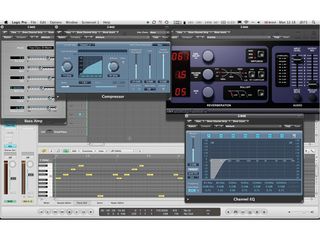
Moog bass
Use Logic’s ES1 synth for the Minimoog bass. Call up the default preset, set it to 1-voice mode and set the mainoscillatorpitch to 4' using asawtooth on oscillator 1 and a square wave for the sub oscillator.
Set the mix to just over half so there’s a little more of the sub than the main oscillator in the mix. Use the classic 24dB filter with cutoff set to 30% and resonance set to 35%. Make sure the amp envelope has a fast attack with medium decay and sustain and a fast release to achieve a punchy sound.
Play in the bassline (the note pitches and placement can be seen in the screen shot). Add some compression to even out the peaks and add punch and process the sound using the bass amp plug-in for that authentic tube DI sound. Finally, add a short plate reverb, using the predelay to make sure enough of the dry sound comes through, plus roll out all the bass below 67Hz with your EQ.
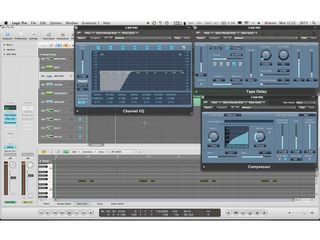
808 time
Load up an instance of EXS24 and call up the factory TR-808 kit. Add the 808 toms as per therecord/screenshot with some subtle tape delay, then cut out the bass below 255Hz so that it doesn’t interfere with the main groove.
Load up another instance of the EXS24 808 on a new channel and record in a clap on beat four of every bar.Add a plate reverb and compress to give the sound more punch and bring up the reverb tail for an authentic Disco clap sound. Add the guitar part, using EXS24’s DX FunkFinga preset sound. Then add Logic’s guitar amp plug-in with a mono/ stereo instance of Averb.
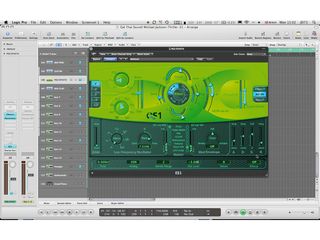
Poly chords
Use ES1 in eight-voice mode for the poly synth chords. This emulates the Jupiter-8/brass on the original.
Set the oscillators to 2’ using a saw and pulse with a medium filter cutoff and resonance and a fairly short attack, medium delay/sustain and short release. Add some subtle chorusing using Logic’s chorus and a plate reverb to add some air around the sound. Play the chords into Logic.
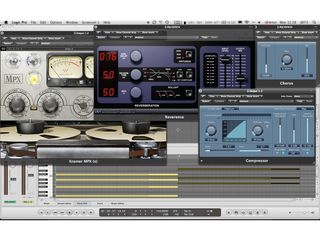
Compress the chords
The chords for the poly synth part are F sharp major with an added C sharp in the bass for one bar and E major first inversion (G sharp in the bass) for the second bar.
Round your mix off with some subtle compression for loudness and punch and a tape emulator such as Wave’s Kramer tape emulation to warm things up! Listen to the DVD to hear what we’ve made

Future Music is the number one magazine for today's producers. Packed with technique and technology we'll help you make great new music. All-access artist interviews, in-depth gear reviews, essential production tutorials and much more. Every marvellous monthly edition features reliable reviews of the latest and greatest hardware and software technology and techniques, unparalleled advice, in-depth interviews, sensational free samples and so much more to improve the experience and outcome of your music-making.

